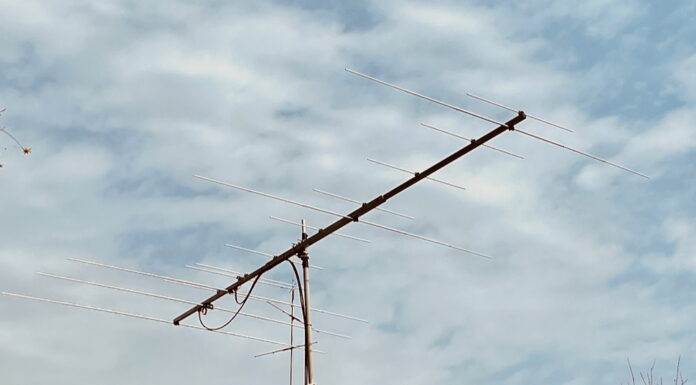At the Dayton Hamvention I attended Contest University for the first time. I was so very impressed by the content, the presentations, and the superb organization. They really took advantage of every minute that we were present, from 7 AM to 5 PM. I recommend it to anyone who is interested in contesting and in improving their station and their operating skills.
Ward Silver’s (N0AX) presentation on small station projects was very enlightening and I loved the humor. He recommended several changes to my operating style. Like search and pounce from the top of the band to the bottom. He also recommended a speed search and pounce technique of using VFO B to select the next station and pressing swap as you jump down the band. I used both techniques this weekend in the few hours that I was able to work the CQ WPX CW contest. I also like his suggestion to use a low dipole in Sweepstakes and NAQP to work the closer stations. With my two verticals, I could use that technique.
Ira Stoler (K2RD) covered contesting from a city lot. The big notes I took away were about contesting strategy. Frank Donovan (W3LPL) covered coaxial feedlines. I need to replace the feedline to my HF2V vertical as it is intermittent. The surprising thing I learned was that he feels that UHF connectors are the very best, particularly the Amphenol PL-259 83-1SP. He says the center connector makes better contact that the N type connectors. I now need to look for some Davis RF Bury Flex cable, which he also recommends or 3/4″ jacketed cable tv line. I’ll look for these at HamCom. He also notes that you need to use a wrench to tighten the UHF connectors and moisture protect them special tape. He had some recommendation on PVC as well. This will all be part of my project for the HF2V. Fortunately, the run is relatively short.
I attended an shorten section on RTTY contesting. It ran over time, primarily because they voted on the best presentations to put in this slot and then they asked Ed Muns (W0YK) to compress two session into one. That was a mistake and really put pressure on Ed. This was the only downside, as I missed the first 15 minutes of the next presentation, which was on propagation by W3LPL. Then K2RD and K1DG put on a discussion of optimum station design. Good hints to consider, although my current design is fairly clean.
Bob Sherwood (NC0B) put on a great discussion of measuring transceiver performance. All those with Elecraft K3’s felt pretty good during this session! Finally, they published most of the slides in a book that was handed out at the beginning of the session, which made note taking and following along a breeze.
I also attended the Contest Dinner. Here again, it was very well-organized and the presentation by Tree on log checking was very good.
In short, I’m delighted with my investment in Contest University and the Contest Dinner.








